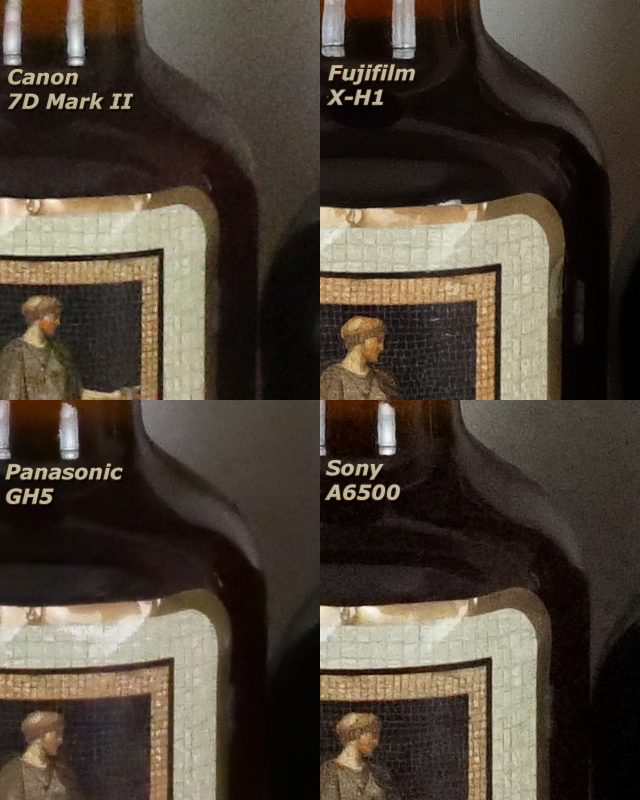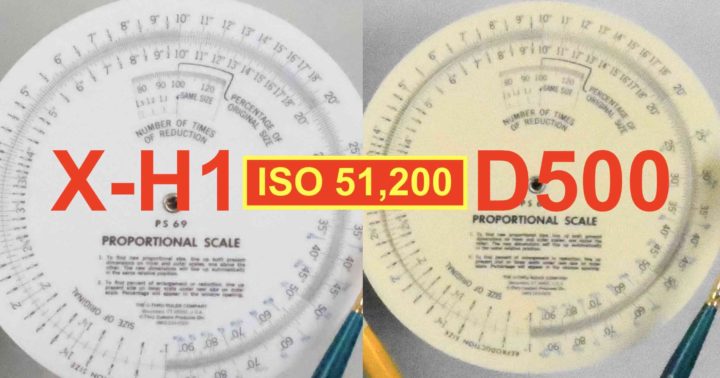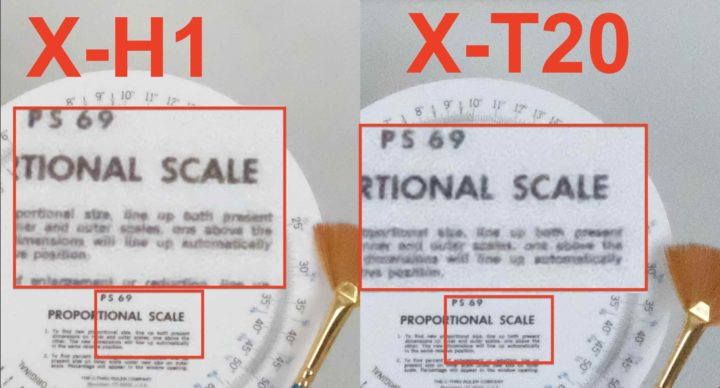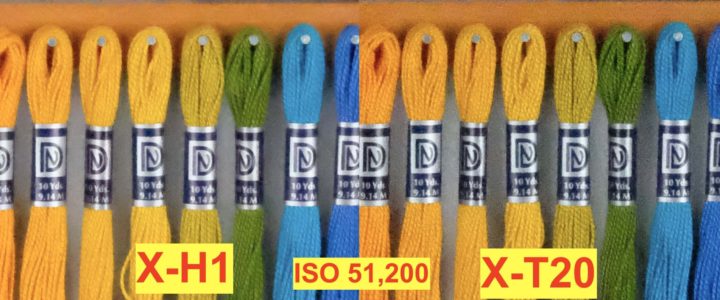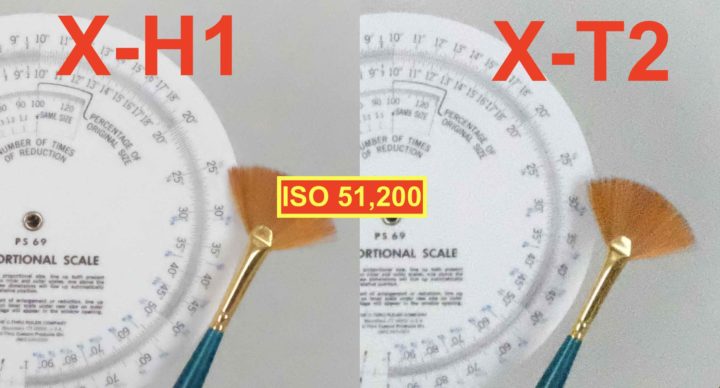Fujifilm X-H1 Lab Test Shows Improved Results. “More Like a Complete Rule Breaker” – Imaging Resource Comparometer
Pixel Peeping Time
Imaging resource just updated their comparometer with Fujifilm X-H1 images.
This is a controlled lab test, and as imaging resource writes:
“Controlled lab images are not the real world, but they are the very best way to compare one camera’s image quality to another, in order to ensure you are giving yourself the best chance out in whatever world you do happen to shoot“.
So how does the Fujifilm X-H1 compare against the rest of the world?
I will do a more in-depth pixel peeping by myself later on (I have to go back to the hills now, where I probably lost my XF27mm lens cap yesterday while shooting, before it gets dark).
But for the start, though, I compared it to the Fujifilm X-T2. I was expecting the same results (same sensor and processor), and yet, the higher you crank up the ISO, the better the X-H1 looks. At ISO 51,200 the difference is noticeably in favor of the X-H1.
However, you have to keep in mind, that imaging resource now switched from the XF60mmF2.4 to the XF90mmF2 for their lab test, and the 90mm is in part responsible for the sharpness improvement. But overall the lab test shows less grain over the X-T2 at high ISO. Fujifilm might have improved image processing on the Fujifilm X-H1.
Mostly the X-H1 comes out as the winner when compared to other Fujifilm X-Trans III cameras. There are some parts, where the X-T20 & Co show more details than the X-H1, like in the wool thread, shared at the very bottom of this post. The EXIF says the X-T20 was shot with the 60mm at F11 and 1/2500, whereas the X-H1 with the 90mm at F8 and 1/4000.
The Fujifilm X-H1 also beats the Nikon D500 at ISO 51,200, as you can see below.
Imaging resource writes here:
“In my general experience analyzing images at Imaging Resource for more than five years, I’ve found ISO 3200 to be about as comfortable as I get with APS-C sensors. Of course, that is just a generalization, and there are exceptions to every rule. The Fujifilm X-H1 seems to be more than just an exception to the rule, more like a complete rule breaker.
The image above [admin note: below in this aritcle] has plenty of fine detail where it counts, such as in the mosaic tile pattern, and yet doesn’t introduce a great deal of noise in areas like the shadows behind the bottles. As most of you know, that is the real trick, getting the detail without introducing the noise inherent at higher gain settings. The shadow areas in our target are traditionally prone to plenty of noise depending on the camera and the chosen compression algorithm, and the above combination is a very good one for this sensor size.”
So happy pixel peeping at the Comparometer here.
Fujifilm X-H1: BHphoto, AmazonUS, Adorama, Focuscamera
Follow FujiRumors on Facebook, RSS-feed, Instagram, Youtube and Twitter
Fujifilm X-H1 Coverage: X-H1 facebook group + X-H1 facebook Page
